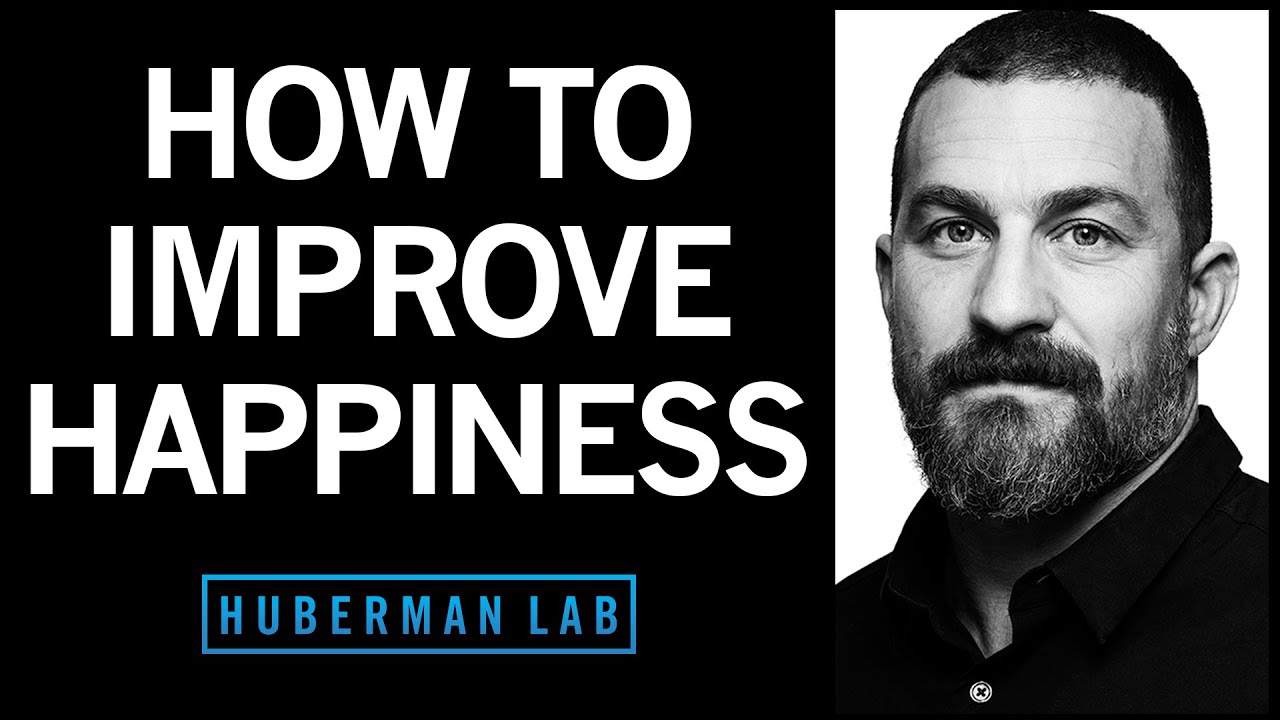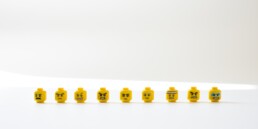Supermodels of the Mind: The New Unattainable Standards of Success and Happiness

“There are supermodels that live in your mind, but when you look at them, they disappear.”
A few years ago, I signed up to a program where I would sit alone in a room and invite strangers to tell me how to live my life.
The program’s called Instagram. You might’ve heard of it.
Each day, these strangers would get 15-30 seconds to tell me who I could be, what I should want, and how to get it.
They had everything figured out — money, success, happiness — and they assured me it was as easy as doing x, y, z.
It felt good at first. My future looked brighter. Anything was possible.
But you can only take so much of seeing what you don’t have before it feels like there’s something missing.
I could see there was a standard of living that I was falling short of.
What started as something to aspire to was now fuelling my anxiety and sense of inadequacy.
I didn’t know it then, but I was under the spell of a Supermodel of the Mind.
A Supermodel of the Mind is a belief about how your life should be based on subjective societal standards.
The idea is based on the way actual supermodels have shaped modern beauty standards, so let’s start there.
Supermodels are symbols of human perfection.
They represent an unattainable standard of beauty that’s almost universally accepted.
Their faces and bodies are plastered on magazine covers, TV screens, and social media feeds, repeatedly reminding the rest of us that we aren’t that beautiful.
It’s no secret this has wreaked havoc on the self-worth and self-image of those who don’t meet the “supermodel standard”.
Entire industries are built on these insecurities.
The supermodel playbook looks something like this:
- Strangers decide on a supermodel beauty standard (tall, skinny, proportional)
- This “type” of woman is celebrated and idolised by media and “the culture”
- Women who don’t meet the arbitrary supermodel standard feel a sense of lack
- The perceived “beauty gap” eats away at self-worth, self-image, and self-confidence
- Women feel pressure to “try” and meet the supermodel standard through dieting, make-up, beauty treatments, surgery, social media filters etc
- This creates a perpetual feeling of dis-ease, discontentment, unhappiness, and unworthiness (among other things)
- Life below the standard is experienced as unsatisfactory — it can never be “enough”
This same phenomenon is playing out with the new unattainable standards of success, self-improvement, healing, and more.
Supermodels of the Mind are coming at us from all angles.
Like what you’re reading? Subscribe to The Now Newsletter.
Supermodels of Success

Let’s return to Instagram, the place where I invite strangers to tell me how to live.
I like to follow so-called “successful” people on social media.
You know, the ones who run successful businesses, make a lot of money, have a lot of influence, and own a lot of nice things.
On the surface, it seems like a healthy source of motivation, right? Something to aspire to.
But what happens when you start binge-watching success porn daily?
When every other Instagram Reel is of a guy telling you he made “$300k a month” while sipping cocktails on a beach in Bali and you can do the same if you’ll just hustle harder?
How many times do you have to be reminded of what you don’t have before you start feeling bad about it?
And how long can you hold that sense of lack before you lose hope, fall into depression, and become immune to the motivation the Supermodel of Success once provided?
If you’re anything like me, I’m sure you’ve felt it… that sinking feeling that “success” seems so far away and you’re never going to “make it”.
The road between healthy motivation and toxic not-enough-ness is paved with good intentions.
Supermodels of Self-Improvement

I’m a sucker for self-improvement, self-development, self-inquiry, self-unfoldment — whatever you want to call it, I’m in.
This could also be called the Supermodel of Optimisation or Supermodel of Health and Happiness.
Everywhere you look these days, there are people telling you how to improve and optimise every, little detail of your life
Every moment you open your phone, listen to a podcast, scroll YouTube, you’re being told about new ways to improve yourself.
You’ve got to meditate, do breathwork, workout, stretch, do yoga, get morning sunlight, walk 10,000 steps, fast (intermittently), avoid blue light… The list of self-improvement hacks is endless.
There’s an unspoken standard of self-improvement that’s dangled in front of us.
The people preaching this stuff are seen as the ones who’ve “got it together” while the rest of us are scrambling to keep up.
Don’t get me wrong, I think self-improvement is a worthwhile pursuit.
But the Supermodel of Self-Improvement tells us there’s a standard of improvement beyond our reach.
Supermodels of Healing

I think it’s great that “healing” has gone mainstream. More people are seeking to unravel their shit, exercise their demons, and ascend to some higher state of wholeness.
But… (there’s always a but)…
Beware the Supermodel of Healing.
Everywhere you look, self-proclaimed “gurus” are preaching about awakening, enlightenment, manifestation, embodiment, sexual polarity, light language, plant medicine journeys, and transmuting trauma.
The language used in the spirituality space points to an unspoken standard, separating the haves and have-nots (eg. awakened vs asleep).
The barriers to meeting the standard are monstrous. You’ll have to cough up for the $3000 course, the $2000/month coach, yoga teacher training in Costa Rica, silent meditation retreats, sacred sexuality gatherings, ayahuasca ceremonies in the Peruvian jungle and, of course, a ticket to Burning Man.
When you’re on the outside looking in at all these people sharing about how much “healing” they’re doing, you may feel you’re somehow “less healed” (whatever that means!?).
The Supermodel of Healing says that true healing, like true beauty, belongs to the chosen ones.
Only, in this case, the chosen ones tend to be ones who can talk about their healing the loudest.
Unmasking the Supermodels of the Mind
I’m not demonising success, self-improvement, healing, or any other Supermodel — far from it.
I’m providing a frame for looking at these things that, hopefully, helps to preserve their goodness.
I’m revealing that Supermodel standards exist and we’re constantly being exposed to them.
And I’m shining a light on the line between a healthy response and toxic response to these standards.
The antidote to Supermodels of the Mind is to see them for what they are, rather than what you aren’t.
That means approaching life from a place of self-love and possibility, rather than self-loathing and lack.
I started this post by saying, There are supermodels that live in your mind, but when you look at them, they disappear.
When you see them, they lose their power.
When they lose their power, you step more into your own power.
You get to define your own standards. You get to rewrite your own story.
And in that story, you may discover that you are the Supermodel you were looking for all along.
Get something out of this article? Subscribe to The Now Newsletter.
Note: I’d like to acknowledge writer and lecturer Andrew Solomon for coining the term “Supermodel of the Mind” and inspiring this post.




